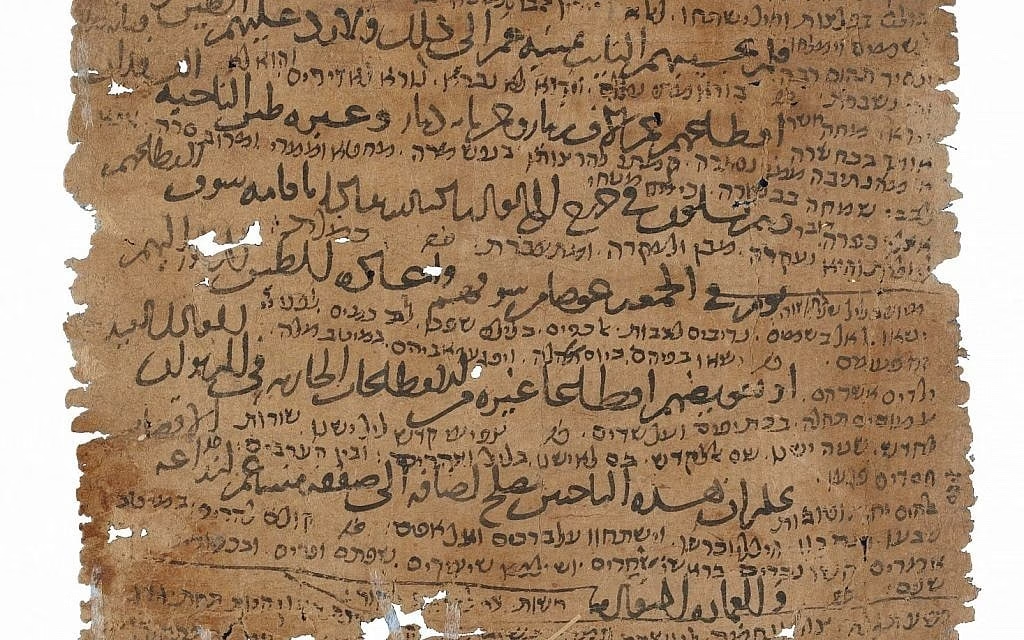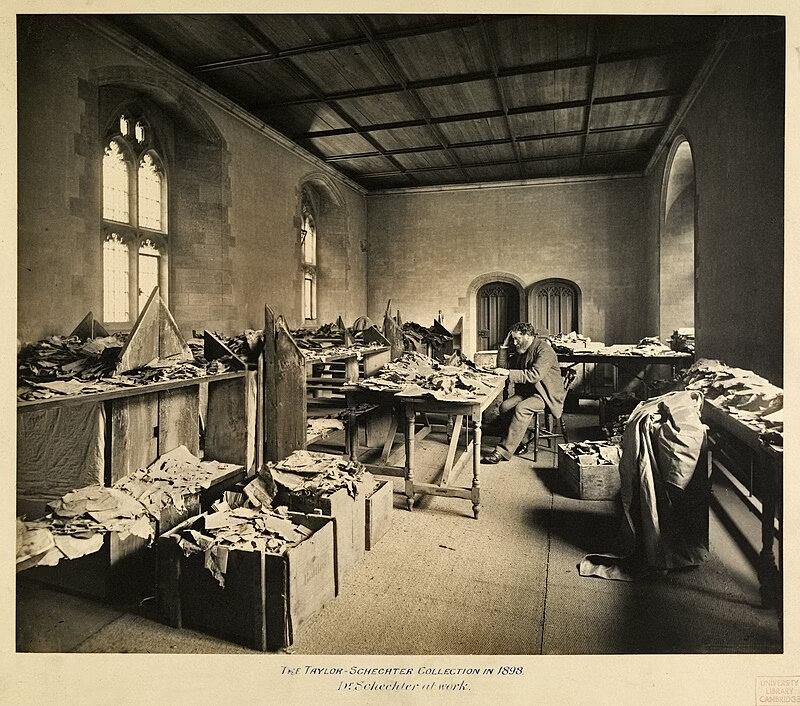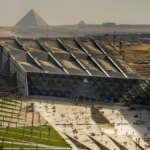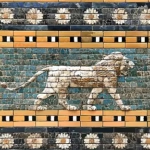The discovery of the Cairo Geniza in the late 19th century opened an unparalleled window into Jewish history, culture, and daily life. Found in the Ben Ezra Synagogue in Fustat, Old Cairo, this trove of documents has since become one of the most significant sources for understanding Jewish and Middle Eastern history.
The term “Geniza” refers to a storeroom used to preserve sacred and other important documents that are no longer in use. Rooted in Jewish tradition, the Geniza practice ensures that items containing references to God, quotes from the Old Testament, or written in the sacred Hebrew language are not discarded but instead stored respectfully. In many cases, these materials are later buried in cemeteries. However, the Cairo Geniza stands out because of its exceptional preservation, made possible by the arid climate of the region. Unlike most other Genizas, which were periodically cleared out, the Ben Ezra Synagogue’s Geniza remained undisturbed for centuries, housed in a room within the women’s prayer gallery.
The Rediscovery of the Cairo Geniza
The Geniza documents began to surface in the late 19th century, drawing the attention of researchers and historians. During restoration works at the Ben Ezra Synagogue in 1889–1890, the Geniza—a hidden storeroom filled with centuries-old documents—was uncovered. The materials found within were scattered across various sites initially, but their immense historical and archaeological value soon became evident.
In March 1896, two Scottish researchers presented fragments of these documents to Solomon Schechter, a renowned scholar. Among these fragments was a Hebrew text of “The Wisdom of Ben Sira” (also known as the Book of Sirach), a deuterocanonical work originally written in Hebrew around 170 CE. This discovery prompted Schechter to secure the necessary resources and permits to extract the remaining documents from the Geniza. By December 1896, Schechter had transferred approximately 100,000 Geniza documents to Cambridge University Library, where they remain a cornerstone of historical research. Today, Cambridge houses around 140,000 Geniza documents, with additional collections spread across institutions worldwide, including Oxford, St. Petersburg, Budapest, and the Hebrew University of Jerusalem. Globally, the total number of Geniza documents is estimated to be around one million.
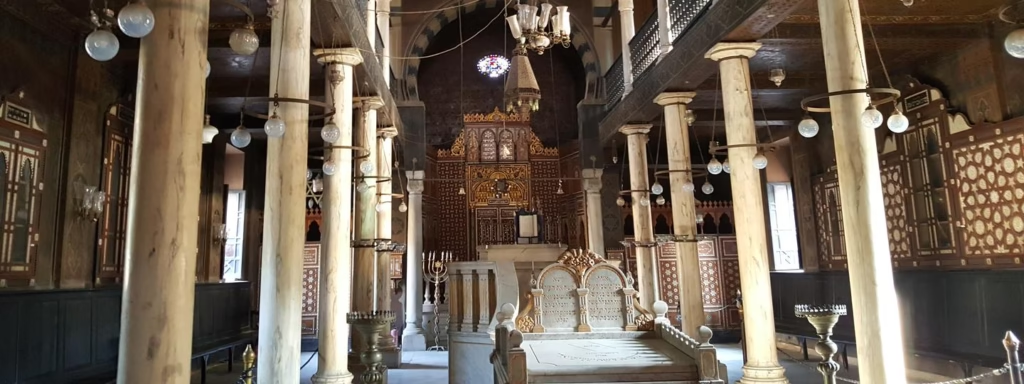
The Scale and Diversity of the Geniza
The Ben Ezra Synagogue Geniza, believed to have been established during a restoration completed in 1039–1040 CE, is unparalleled in its scale and diversity. Shlomo Goitein, a leading Geniza scholar, highlighted its unique features: the sheer volume of materials, their chronological breadth spanning over 900 years, and their rich content. The documents include sacred texts, legal documents, personal correspondence, and commercial records. Most of these are written in Arabic using Hebrew script and originate from Jewish communities in Egypt, Palestine, Syria, and across the Mediterranean and North Africa.
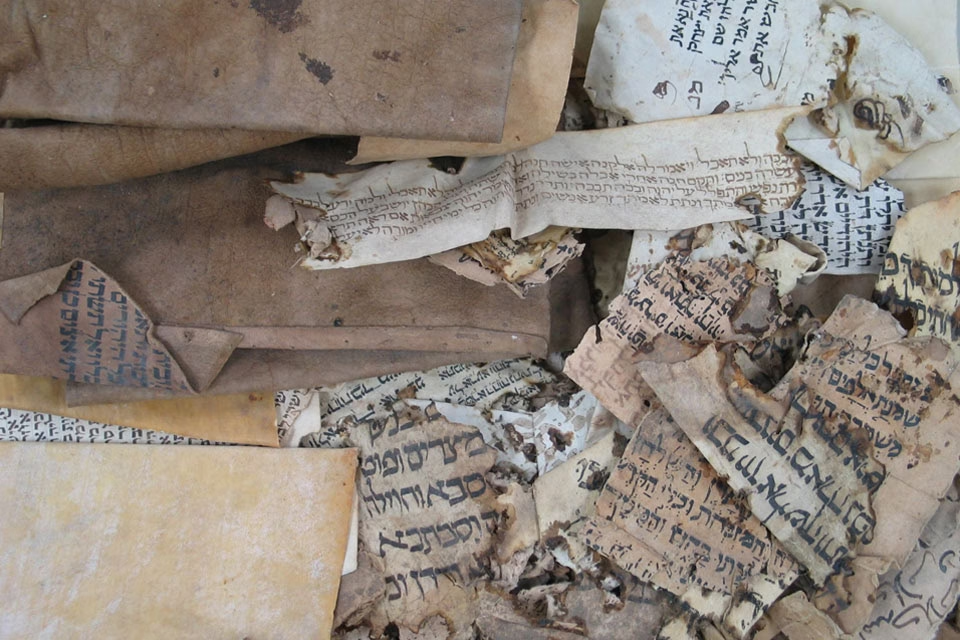
Insights from the Geniza
The documents from the Cairo Geniza offer a wealth of information about Jewish life in medieval Islamic lands, particularly between the 10th and 13th centuries CE. They illuminate various aspects of daily life, such as trade, community organization, family dynamics, and material culture. Additionally, they provide insights into Jewish thought, liturgy, and language.
Some of the most notable discoveries include:
- Parts of Aquila’s Greek translation of the Old Testament.
- The Damascus Covenant, an important text related to the Dead Sea Scrolls.
- Saadia Gaon’s commentary on Genesis.
- Letters written by prominent Jewish figures such as Maimonides and Rabbi Judah Halevi.
These documents also shed light on the interactions between Jewish and Islamic civilizations. They reveal how Jewish communities adapted to and thrived within the broader Islamic cultural and economic framework. For instance, commercial records demonstrate the extensive trade networks that Jewish merchants participated in, connecting regions as far apart as India and Spain.
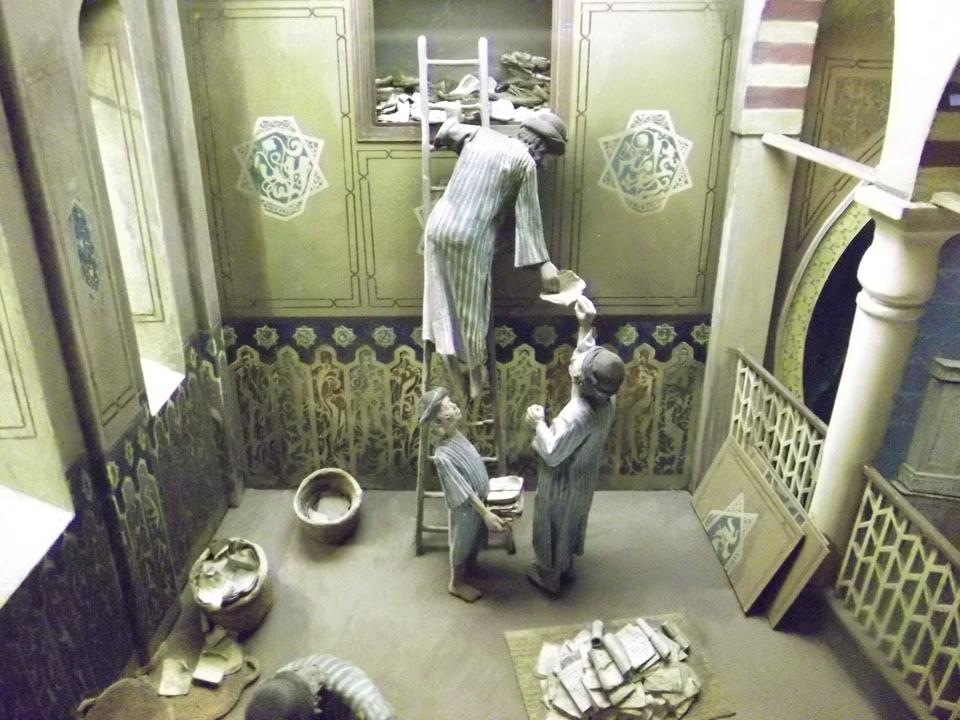
The Legacy of the Cairo Geniza
The Cairo Geniza is more than just a collection of historical documents; it is a vibrant chronicle of a community’s life and legacy. Its preserved texts offer profound insights into the interplay between Jewish and Islamic civilizations, the evolution of religious practices, and the enduring human spirit reflected in the minutiae of everyday life. From sacred texts to shopping lists, the Geniza documents capture the full spectrum of human experience, bridging the gap between the past and the present.
Today, the study of the Cairo Geniza continues to evolve with advancements in technology. Digitization projects and collaborative efforts among institutions have made these invaluable documents more accessible to scholars and the public alike. As researchers delve deeper into this treasure trove, the Cairo Geniza remains a testament to the richness and resilience of Jewish history, offering lessons and insights that transcend time and place.
